China is truly a fascinating country.
While China is one of the world’s oldest civilizations, its efforts and achievements — especially those related to technological innovation, rural revitalization, poverty eradication, and ecological development — are undoubtedly among the best in the world.
To foster better understanding and people-to-people exchanges between China and the Philippines, the Chinese Ministry of Foreign Affairs (MFA) and the Chinese Embassy in the Philippines invited a group of 15 officials and journalists for an 11-day tour in China from June 27 to July 7.
A glimpse of the ‘real’ China
To view the real China, the members of the Philippine delegation were brought to two municipalities, Beijing and Shanghai, and two provinces, Shaanxi and Hunan.
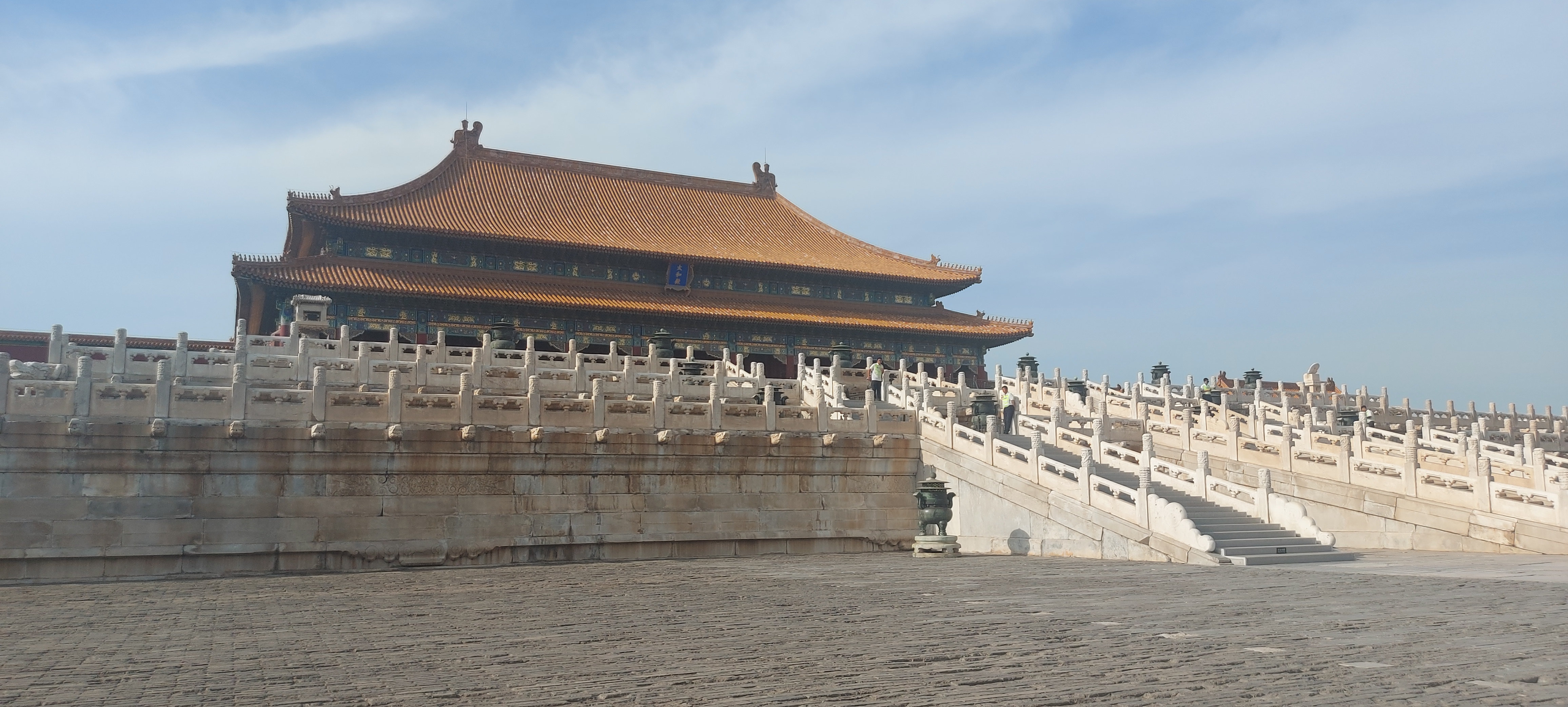
The Palace Museum or Forbidden City in Beijing is considered as China’s largest and best-preserved historical palace complex.
The first stop, Beijing, the capital of China, welcomed us to a picture-perfect modern city that embodies the ancient spirit of Chinese history.
We visited some historic places, one of them the Palace Museum or the “Forbidden City” – an imperial palace complex of the Ming and Qing dynasties – and the Mutianyu Great Wall, one of the best-preserved and best-known Great Wall sections.
Despite the scorching heat, seeing the magnificent architectural complex known as the Forbidden City, that withstood the test of time was surreal!
The Palace Museum, housed in the Forbidden City, was established in 1925 and served as the “home of Chinese emperors and their households,” our guide explained.
The Palace Museum, which broadly represents traditional Chinese art, has been listed as one of China’s “most important protected cultural heritage sites” and is listed as a UNESCO World Heritage Site.
Covering over one million square meters, the Forbidden City is also considered China’s “largest and best-preserved historical palace” complex.
When in Beijing, another tourist destination that one should not miss is visiting a part of the Great Wall of China.
From the scorching heat during the Palace Museum tour, rain welcomed us during our visit to the Mutianyu Great Wall located in Huairou District.
A cable car ride was needed to get to the top of the actual wall.
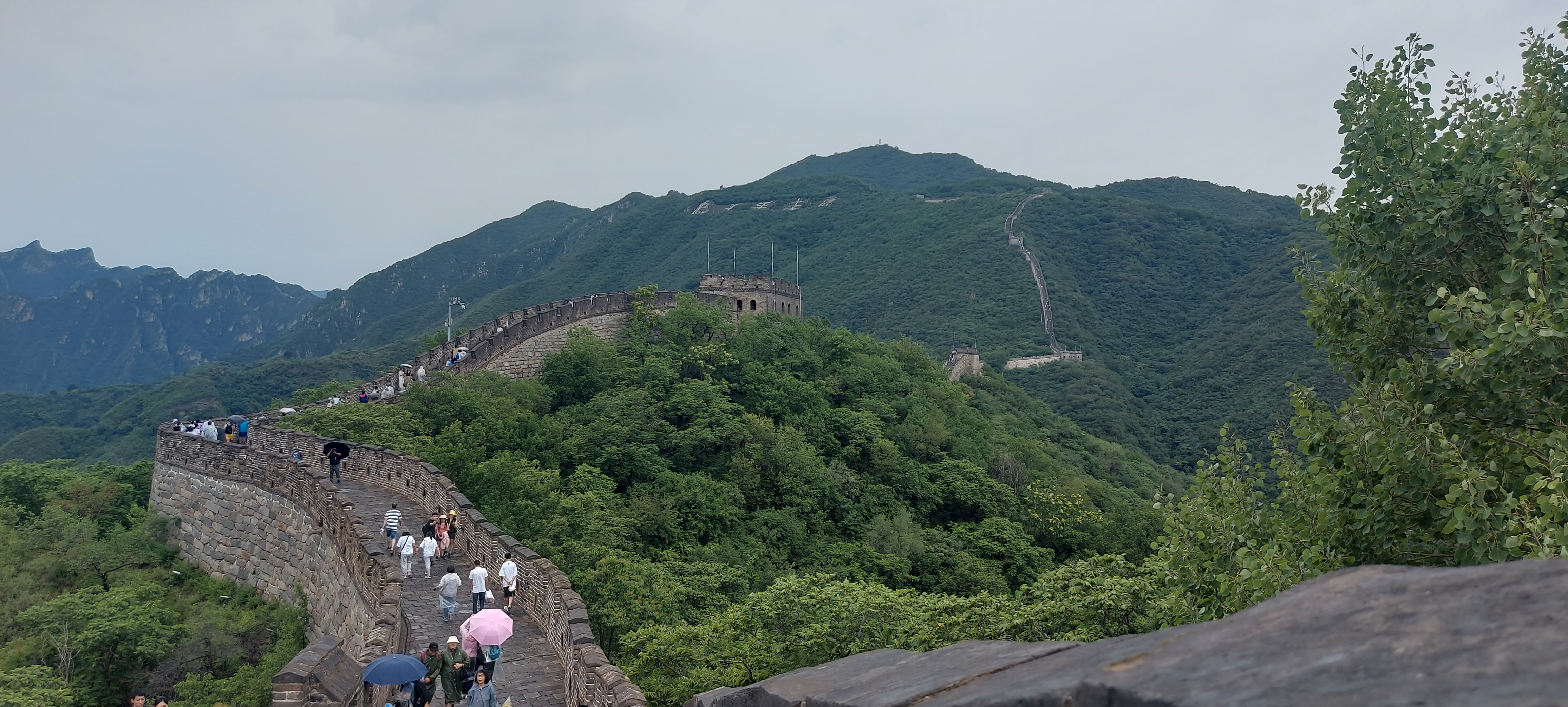
The Mutianyu Great Wall located in Huairou District in Beijing is among the best-preserved parts of the Great Wall of China.
The tour guide said the Great Wall of China was built as a “military defensive line” and was built over centuries by China's emperors to “protect their territory.”
The Philippine delegation also visited the Ministry of Foreign Affairs Building to meet Chinese Foreign Affairs Vice Minister Sun Weidong.
Sun said that China and the Philippines are “close neighbors” separated by a strip of water. He also said that while China is “changing rapidly,” the country remains “very confident for the future.”
Taste of future technology
In Beijing, the group had a taste of future technology at Baidu’s Apollo Park at the Yizhuang Economic Development Zone where a driverless car was offered for a test ride. A stop at the “Energy Valley” in the Future Science City, Changping District, opened a view to China's new energy industry.
After Beijing, the delegation went to Shaanxi Province where they visited historical and cultural attractions in the capital, Xi’an. One of the famous attractions in Xi’an is the Datang Everbright City, a 2,100-meter pedestrian mall that offers a total tourism experience in shopping, dining, entertainment, leisure, and business.
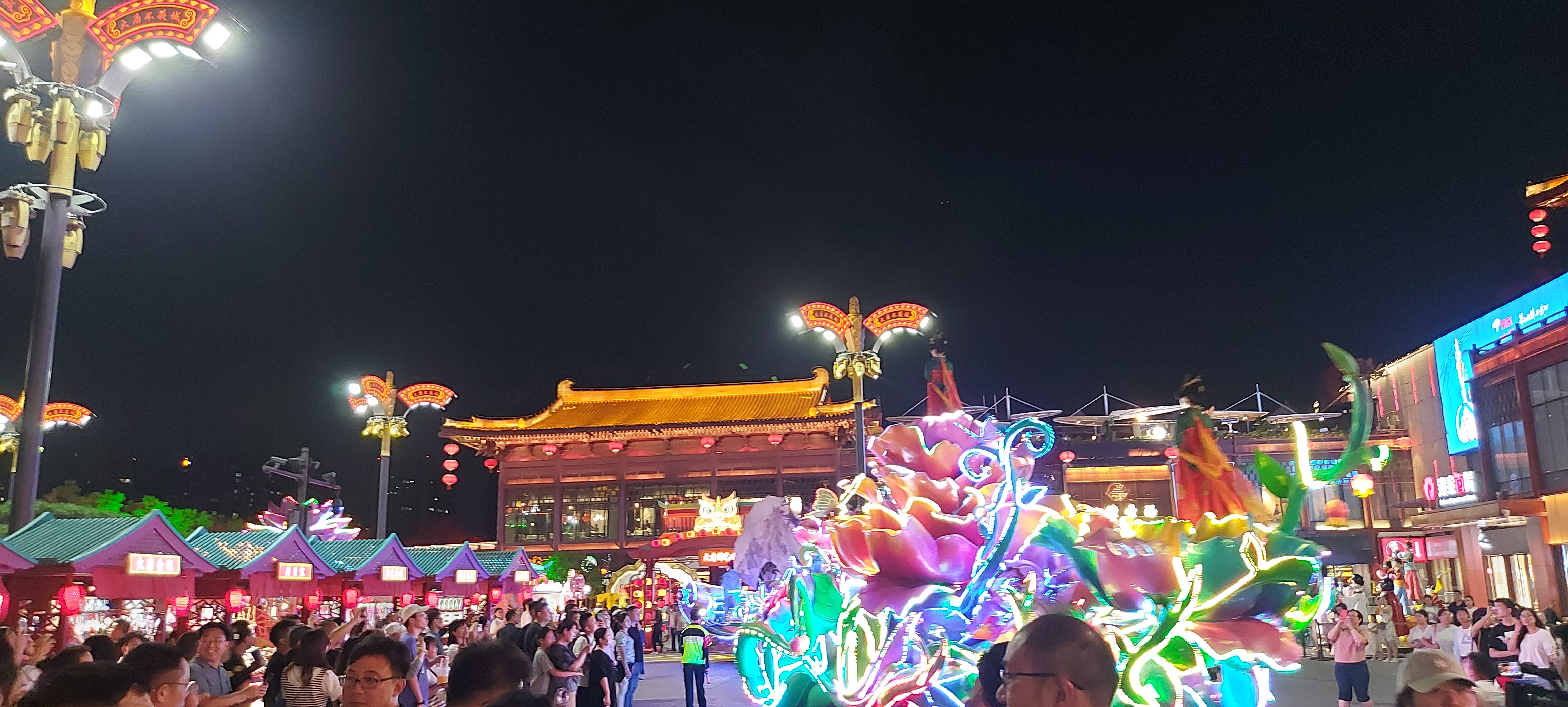
FESTIVE MOOD. The Datang Everbright City in Xi’an, Shaanxi province features colorful stalls where people can eat, shop and watch live performances.
During the day, we were told that the area is usually empty. At nighttime, the place comes to life as people wearing traditional costumes flock to watch live shows, shop, and dine.
The volume of people on a regular night was a sight to behold. People from all walks of life gather and just enjoy the sights and sounds –an indication that China is indeed moving on from the pandemic.
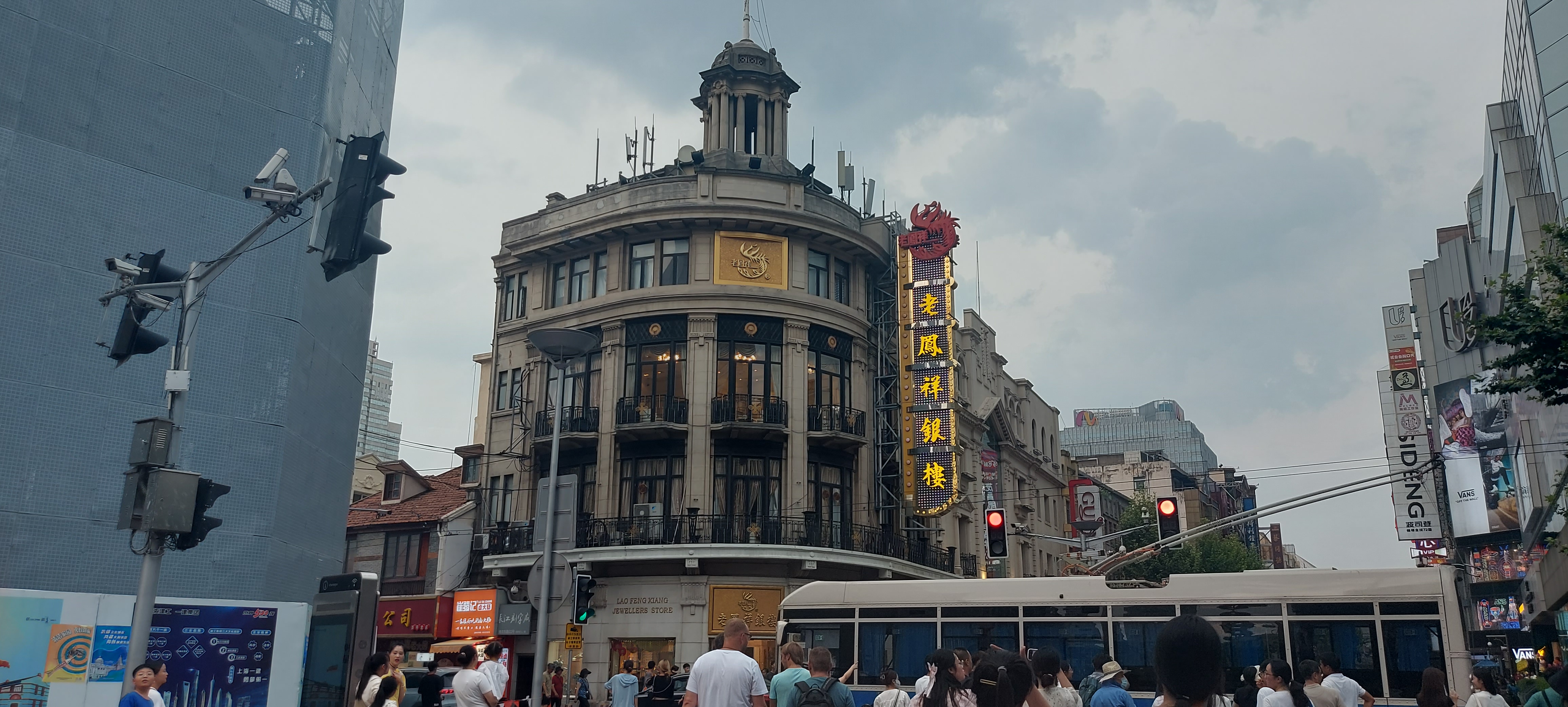
Shopping area near Jiujiang Road, Huangpu District in Shanghai.
Xi’an is also famous for the world-renowned Terracotta Warriors and Horses Museum of the First Emperor of Qin which is considered one of the “greatest discoveries of the 20th century.”
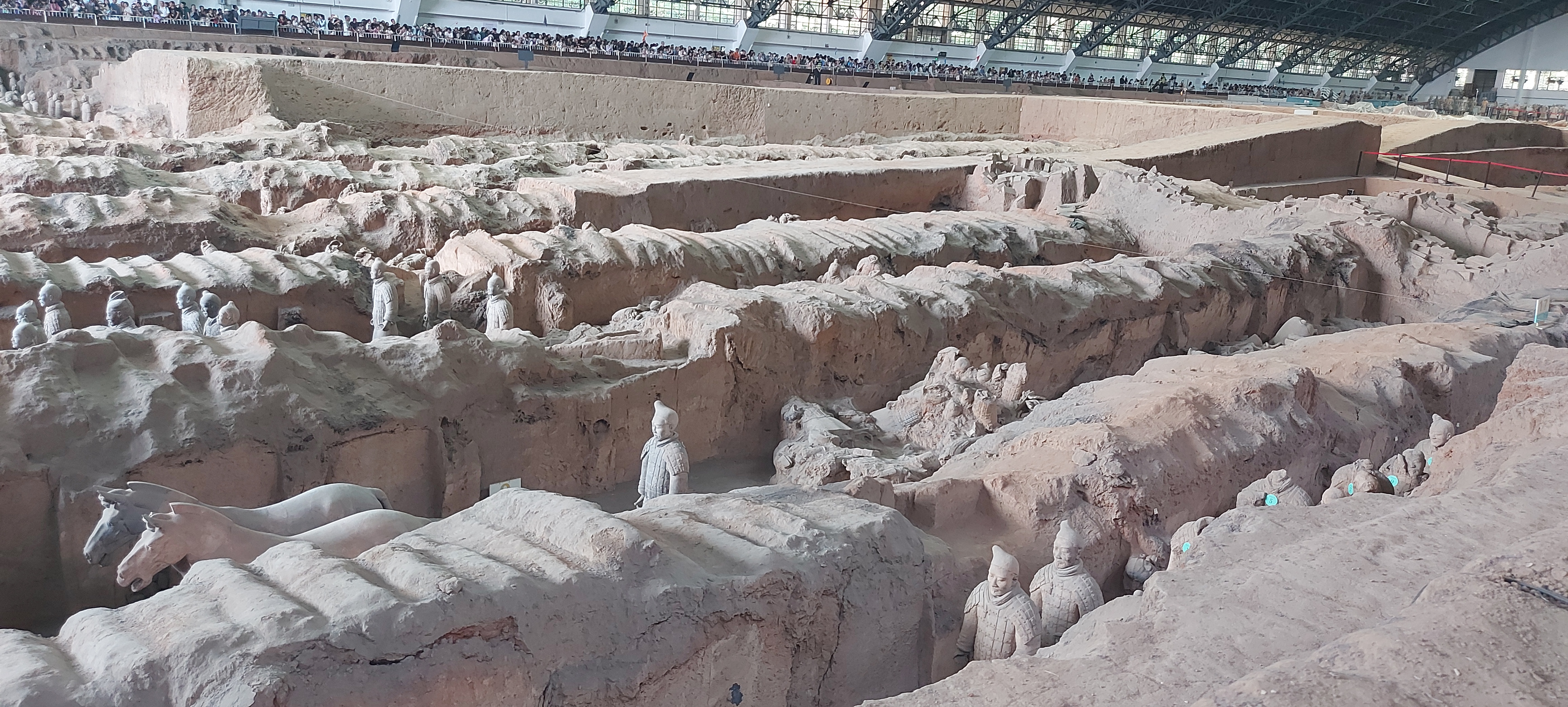
The Terracotta Warriors and Horses Museum of the First Emperor of Qin in Shaanxi, China has been listed as a UNESCO World Heritage Site.
During our visit, there were so many people waiting in line to get the best spot to see and take photos of the detailed life-size terracotta soldier models.
Our Chinese guide explained that the Terracotta Army was created to accompany the tomb of China's First Emperor as an “afterlife guard.” The museum consists of three “pits” and an exhibition hall.
Seeing one of the greatest archaeological sites in the world is indeed a once-in-a-lifetime experience.
A play inspired by the terracotta warriors—the Resurrected Legion – offered the group a cultural experience through the story of two siblings from a poor family who joined Emperor Qin's army.
The 70-minute real-life immersive multimedia epic drama gave a deeper understanding on the terracotta warriors and horses as more than just cultural relics.
Chinese officials led by Sun Daguang, a member of the Standing Committee of the Communist Party of China (CPC) Shaanxi Provincial Committee, who welcomed the group, noted the “long-standing friendship and relationship” of China with the Philippines. Through the media trip, he expressed hope that “we can show to the world the real China.”
Visiting the ShaanGu Group, a leading system solution provider in the field of distributed energy in China, and the Shaanxi Media Convergence office was also very inspiring because of their innovative efforts to solve energy-related problems to adapt to the changing times.
The group also visited the Liangjiahe Village in Yan’an where China’s President Xi Jinping spent his teenage years helping the poor community.
The next stop, Hunan Province, opened another face of China. In the capital city Changsha, the delegation visited BROAD Group’s BROAD Town and the Holon Building, and the Hunan Iron & Steel Group Co., Ltd.
In a meeting, BROAD Group Chairman and Chief Executive Officer (CEO) Zhang Yue said his company “can help solve” the problem of affordable housing in the Philippines.
Hunan Iron & Steel Group Co., Ltd., a leading manufacturer of steel products in China, also showed us their latest technology and how they continue to address emerging challenges in the industry.

The Shibadong Village in Huayuan County, Xiangxi Autonomous Prefecture in Hunan Province is considered China’s birthplace of targeted poverty alleviation.
Key Chinese officials in the province who welcomed the group included Zhangjiajie Communist Party of China (CPC) Municipal Committee Secretary Liu Ge’an; Changsha Vice Mayor Gao Wenqi; Yang Haodong, a member of the Standing Committee of the Provincial Party Committee and head of the Publicity Department of Hunan Province; Qui Aihua, deputy director of the Foreign Affairs Office of the Provincial Party Committee; and Yan Yanfang, a member of the Standing Committee of the CPC Committee of Xiangxi Autonomous Prefecture and head of the publicity department of the CPC Committee of Xiangxi Autonomous Prefecture.
In Hunan, the delegation visited the Shibadong Village in Huayuan County, Xiangxi Autonomous Prefecture. After Xi’s visit in 2013, the village has been considered China’s “birthplace” of targeted poverty alleviation for successfully turning the area from a poor village into a cultural tourism spot that attracts local and foreign tourists daily.
The delegation was also treated to a night of entertainment – the “Charming Xiangxi Show” which showcased amazing folk singing and dancing performances.
One of the highlights of the Hunan visit was Zhangjiajie City where the Yuanjiajie Scenic Area is located. The mountain platform backed by rocky peaks and facing valleys was an inspiration for the movie “Avatar.”
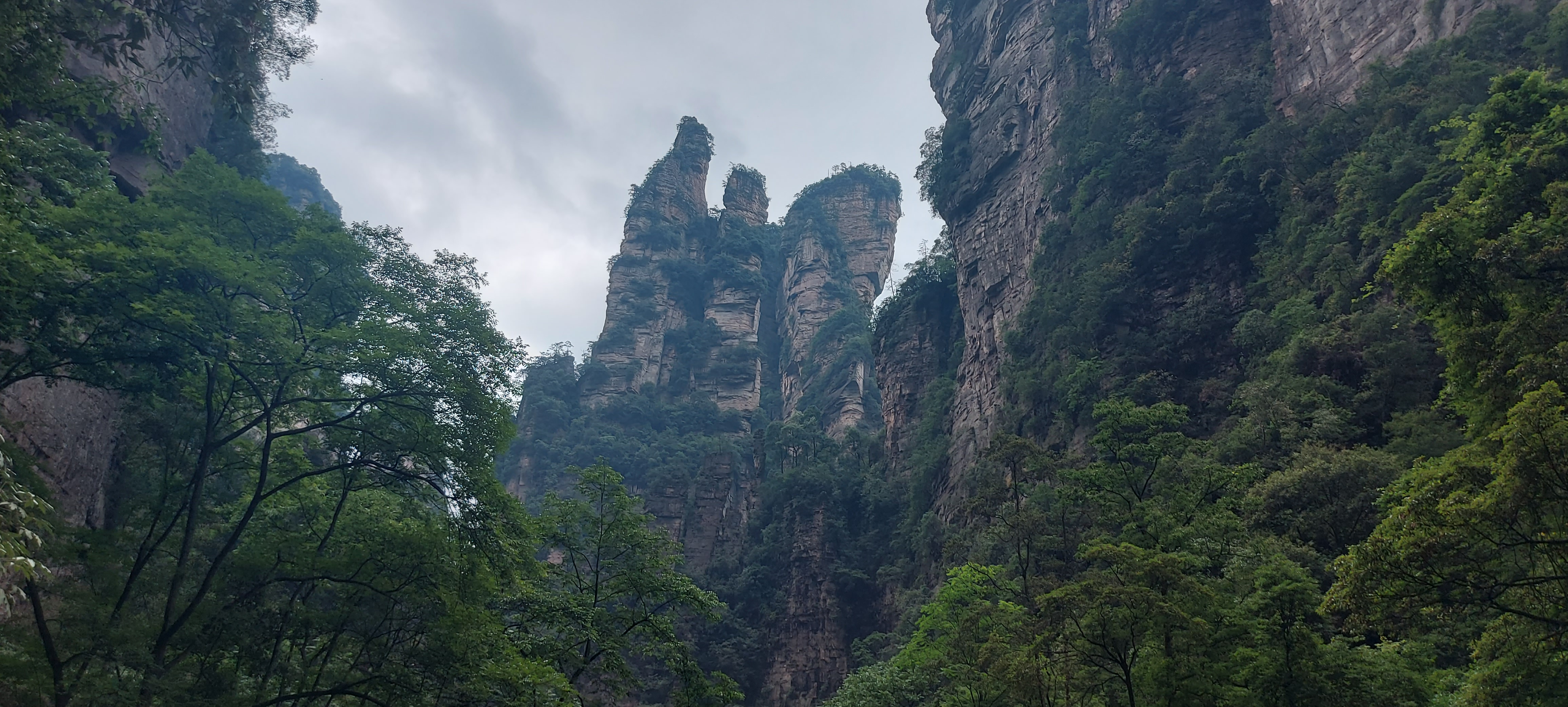
The Yuanjiajie Scenic Area in Zhangjiajie City, popularized by the movie 'Avatar,' features a mountain platform backed by magnificent rocky peaks and valleys.
The last stop was Shanghai where the delegation visited the Huawei Shanghai Research Center and the Liwayway (China) Co., Ltd. for a tour and meeting with its key officials.
Liwayway (China) Co., Ltd. Chairman Larry Chan talked about a familiar product to the group – the Oishi brand – and how a variety of food products continues to gain popularity in China.
Shanghai Municipal Government Director General of Foreign Affairs Office Bei Zhaojian welcomed the delegation and expressed hope that the relationship between the Philippines and China will continue to remain strong.
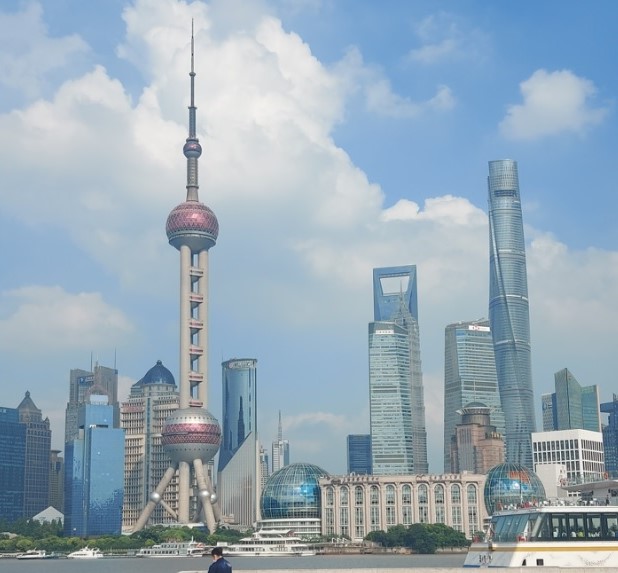
From the historic The Bund, one can see some of Shanghai’s tallest skyscrapers such as the Oriental Pearl Tower and the Shanghai Tower.
Among the highlights of the Shanghai trip were the cruise tour of the night view of Huangpu River; the visit to the Memorial Hall of the First National Congress of the CPC; and meeting with officials of the Shanghai United Media Group (SUMG).
Visiting historic The Bund, a waterfront area and protected historical district in central Shanghai; the comprehensive senior care center of the Ganquan community on Ganquan Road; the NIO House and the Shanghai Tower — the tallest building in China and the second tallest in the world — were also very memorable.
Truly an experience!
MFA Information Department Counsellor Zhou Li explained that China has been giving great importance to various fields including education, science and technology, and environmental protection.
The MFA, in a statement, said that the trip was a “journey” of understanding and cooperation which allowed the delegates to “see and feel a true and dynamic China with their own eyes.” (Photos by Merlina Hernando-Malipot)